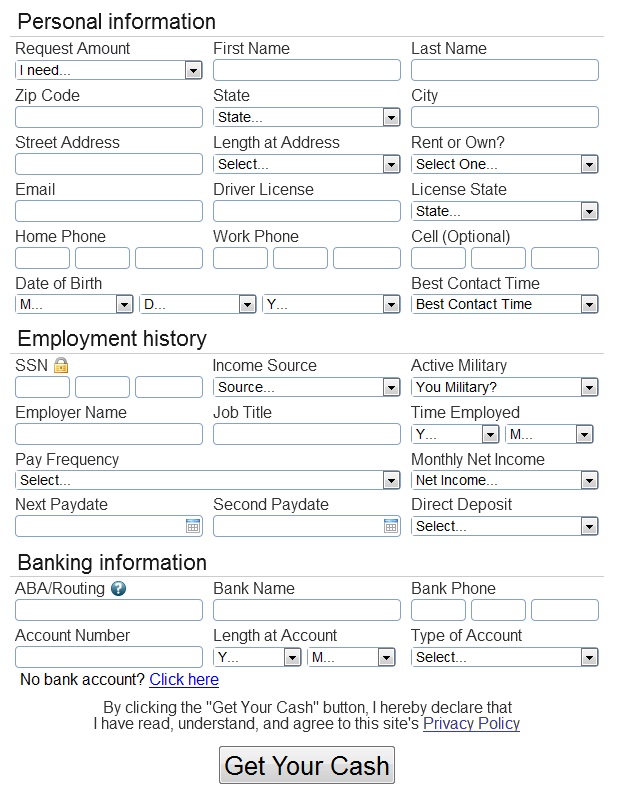See that if your private exposure (q) realizes the main benefit regarding the package will get 0. After that only the influenced debtors have a tendency to repay very early, when your ex lover post rate of interest stays large. However in the scenario out-of a bringing down rate of interest all debtors will pay off very early. Those people to have just who the benefit regarding the price stays b have a tendency to pay-off very early or take up another type of borrowing from the bank in the a reduced interest rate. The others, getting which the private chance enjoys understood may also pay off early. In their eyes the newest acquire regarding the offer was 0.
They reinvests brand new paid off financing at the same rate of interest because the the new credit rates

In the model a risk premium exists only for the first credit and not for the second credit. If the debtor takes up the second credit at the low interest rate ( \(_<2l>)\) the interest rate cannot-by assumption-decline any more in future. The bank cannot impose a risk premium on the second credit, because the bank has no damage if the second credit is also prematurely repaid. In the real world it would however recover its handling costs, which are in the model assumed to be 0. This assumption avoids an infinite regress for the calculation of the risk premium without affecting the main point of the analysis. Otherwise, the calculation for the risk premium of the second contract would require the possibility of a third contract and so forth.
Now assume that the first credit is taken up not in the high interest period but in a low interest period \(_<1>=_<1,l>\) . In that case the future, post contractual interest rate can by assumption not further decline. It is either unchanged or higher. Therefore, in this case the only risk of the bank is that the personal risk q realizes. But a damage cannot occur, because an early repayment allows the bank to either invest the money at the same rate or at an even higher rate. We can therefore exclude this case from further consideration. The expected gain of the debtor from the contract is then
If your exposure superior is roofed explicitly, we have to the expected acquire out of a cards package, that has been concluded during a top desire several months
So it constellation from the model, the spot where the early fees loans Jansen CO away from borrowing from the bank reasons zero damage and you may thus zero interest mark up isnt further noticed for the the next investigation.
If the legal remedy for early repayment is expectation damages the damage from early repayment is the difference between the contractual and the post-contractual interest rate \(_<1>-_<2>\) . The bank can invest the repaid money at an interest rate of \(_<2>\) . It can, for instance, buy mortgage bonds on the secondary age payment results if and only if \(_<1>>_<2>\) . Otherwise the differential method of damage calculation results in a damage award of zero. The compensation payment is therefore
Let us now assume that after the conclusion of the contract the market interest rate falls, but the benefit from the contract remains at b. We get an outcome which is different in comparison with the result under a right of premature repayment. The debtor wants to end the contract and take out a new mortgage at the low interest rate. With expectation damages as remedy for breach of contract her gain would be \((b-_<2>)-\left( _<1>-_<2>\right)=b-_<1>\) . The term in the first bracket is the consumer’s gain from the new mortgage contract and the term in the second bracket denotes the amount of damages to be paid. The early repayment motivated by the lower interest rate does not result in a gain that is higher than the gain from performance of the contract as originally concluded. Therefore, no early repayment results for taking up a new credit if interest rates decrease after contract formation (Table 2).
